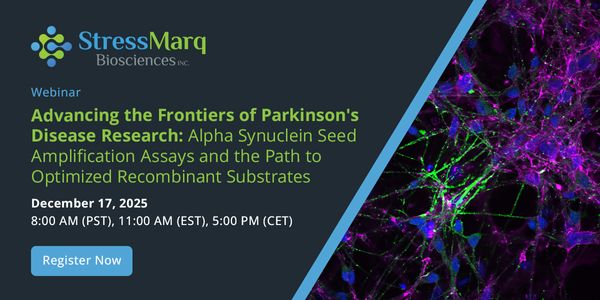Keynote Presentation: Reinforcement Learning: Mechanisms and Implications
-
Emad Eskandar, MD, MBA
Professor and Chairman, Department of Neurological Surgery, Albert Einstein College of Medicine, Montefiore Medical CenterBIOGRAPHY
Reinforcement learning is a critical process though to involve the cortex, striatum, and dopaminergic circuitry. Work from our group has found that the caudate (Cd) and dorso-lateral prefrontal cortex (DLPFC) encode unexpectedly positive outcomes, consistent with a reward prediction error. In addition, neurons in both structures encode unexpectedly negative outcomes, which is not yet well-explained. Moreover, this process is amenable to modulation. Experiments in rodents, primates, and humans have consistently demonstrated that it is possible to enhance learning with timed stimulation in the Cd. In animal models of brain injury, this stimulation resulted in accelerated recovery. Many clinical entities can be conceptualized as disorders of this process, whether it is reduced ability to learn new associations or the inability to replace useless or maladaptive associations such as tics or compulsions. The broader implication is that timed stimulation could be clinically useful in treating disorders beyond brain injury.
Keynote Presentation: Reinforcement Learning: Mechanisms and Implications
Please update your information
Certificate of Participation
DOWNLOAD CERTIFICATE






